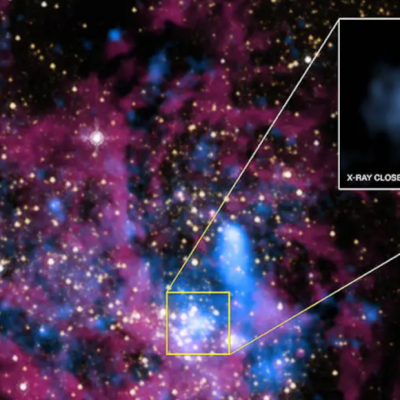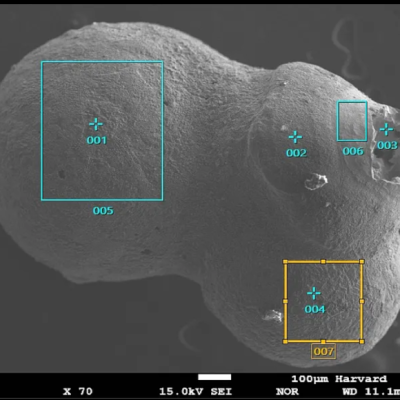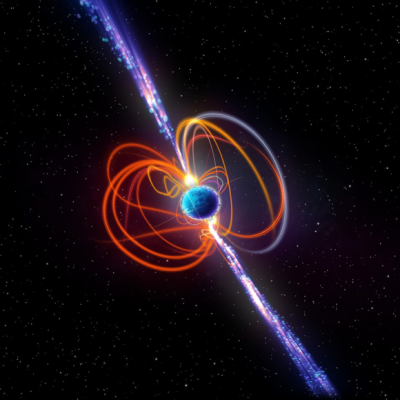In a groundbreaking discovery, researchers have found isotopes in deep-sea rocks that were created by different astrophysical events. These isotopes, including rare earth metal Ytterbium, were formed in space through supernovae explosions or collisions of neutron stars. The researchers discovered that the isotopes did not originate from our solar system and had very different origins in the universe. However, it was unclear how these isotopes, which were created by different astrophysical events, ended up on Earth and deposited in the rocks.
According to a study published in the Astrophysical Journal, researchers from the University of Hertfordshire and the Konkoly Observatory, Research Centre for Astronomy and Earth Sciences (CSFK) have solved the mystery of how these isotopes arrived on Earth. The study focused on Manganese (MN), Plutonium (244PU), and Iron (FE), which were all discovered in the same rock layers. The researchers found that the isotopes “surfed” on the explosion waves of certain supernovae to reach Earth.
The study also provides a new approach to finding habitable exoplanets that contain liquid water. The ability of a planet to host liquid water is strongly dependent on the isotopic abundance. This discovery could help identify regions in our galaxy where habitable exoplanets may exist. The study also sheds light on the origin of stable elements in the periodic table and how the composition of the solar system came to be.
The researchers used computer models to interpret the data from the dissolved rock samples and found out how the atoms move in the galaxy. The shock waves of the relatively common Kernkollaps-Supernovae push the different elements from their origin through space. This discovery is a significant step forward in understanding how isotopes spread in the galaxy and how they are abundant on exoplanets.










